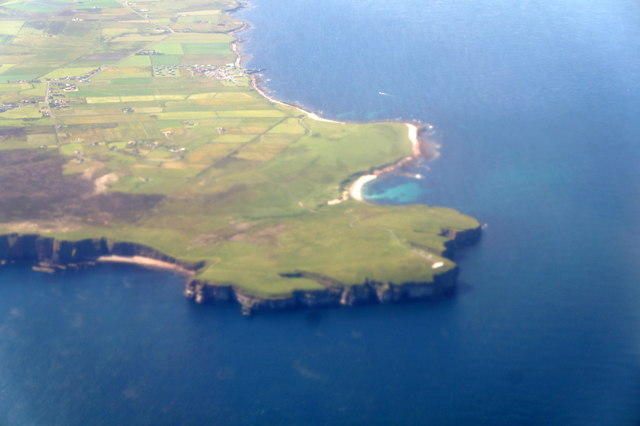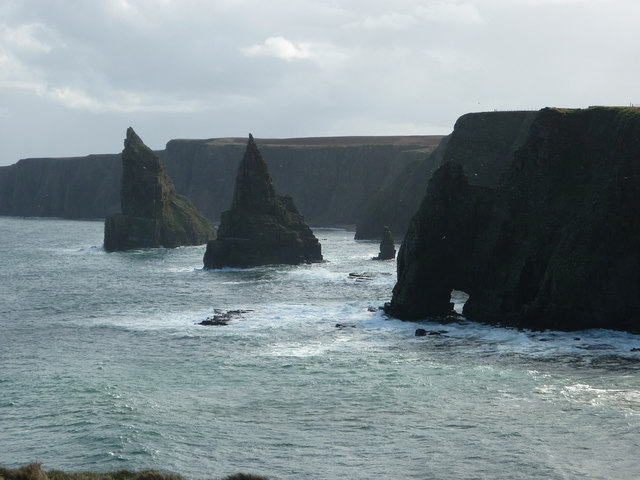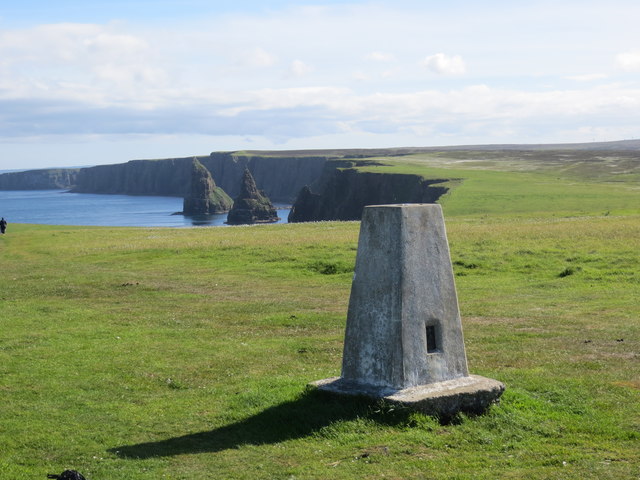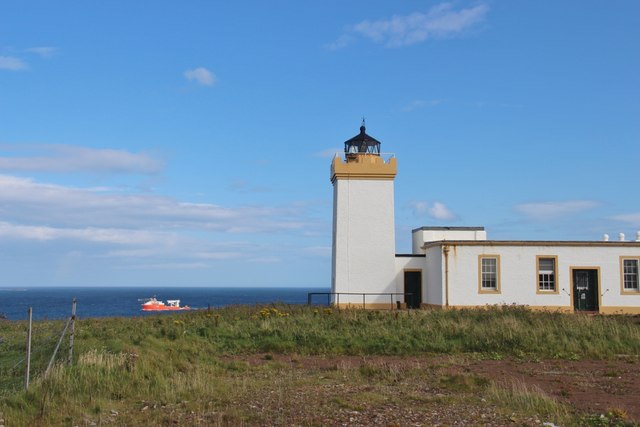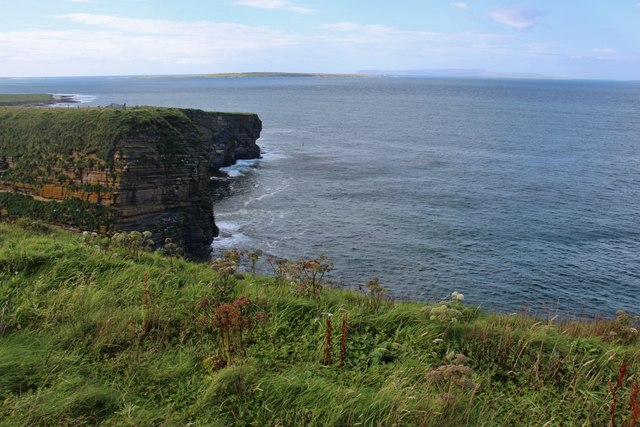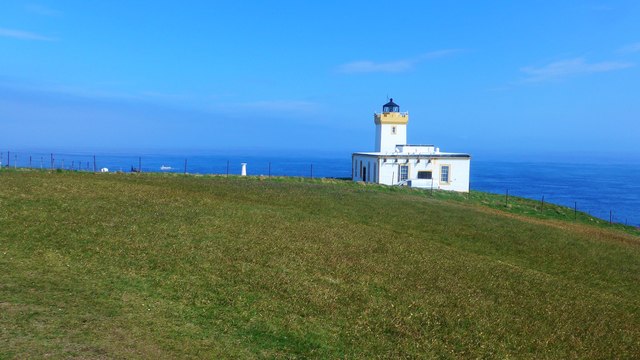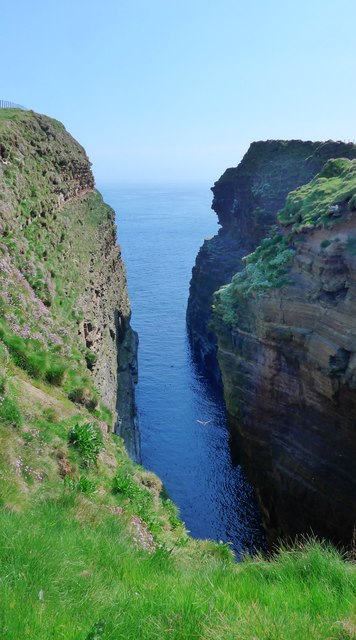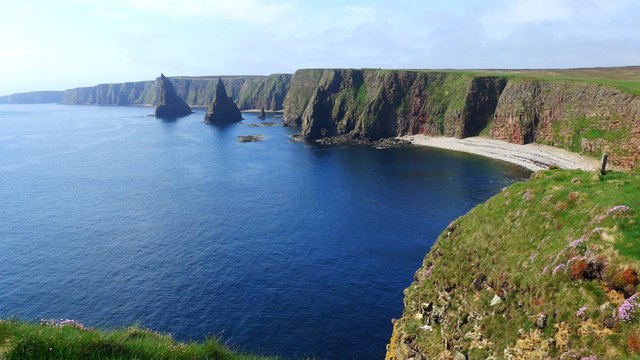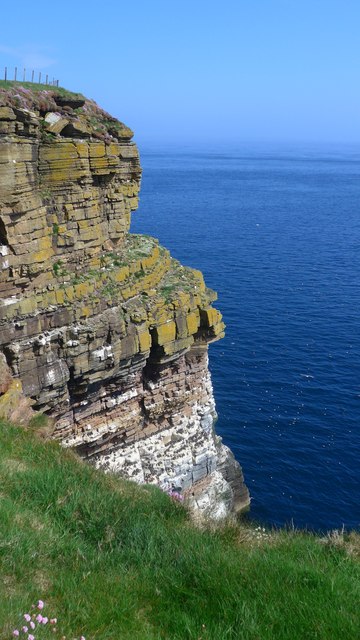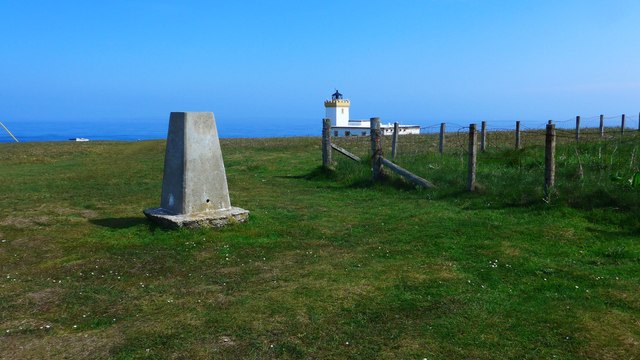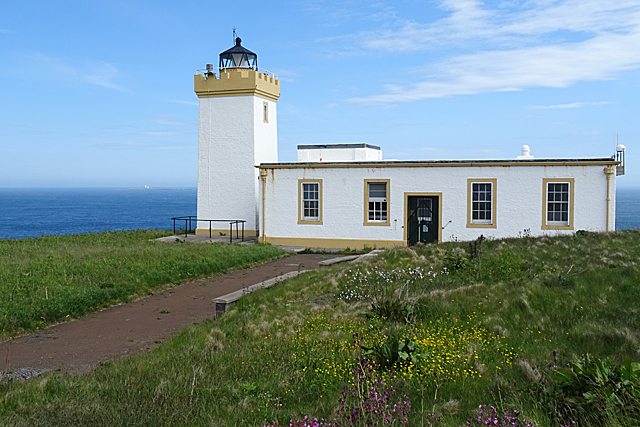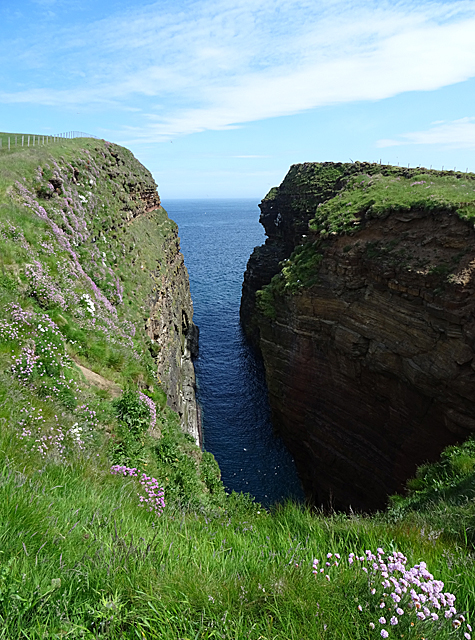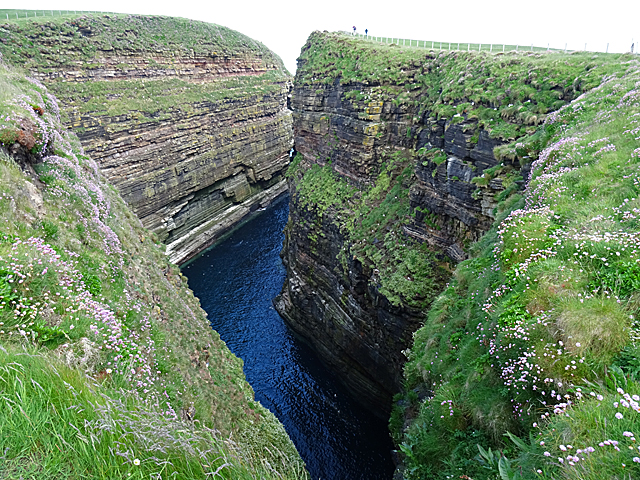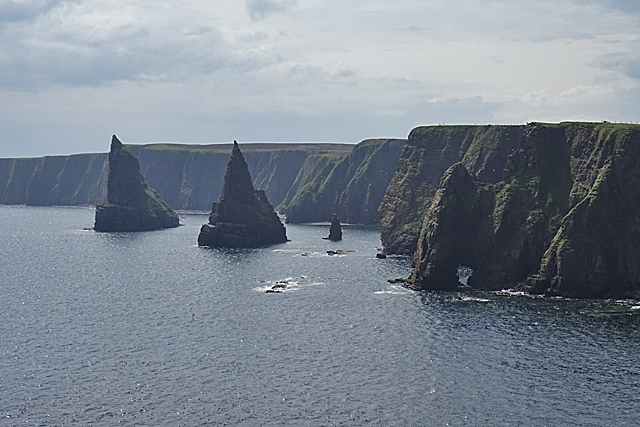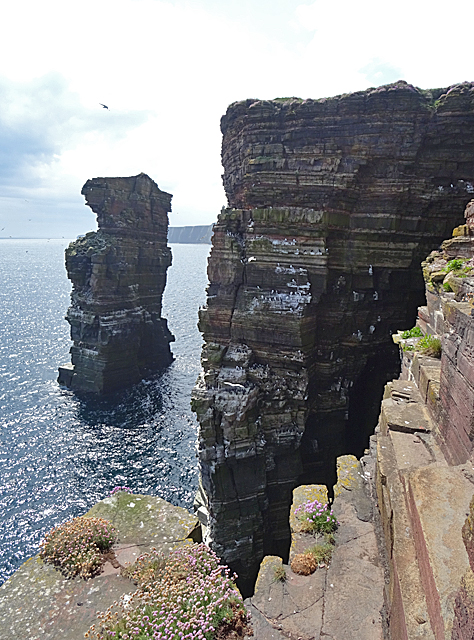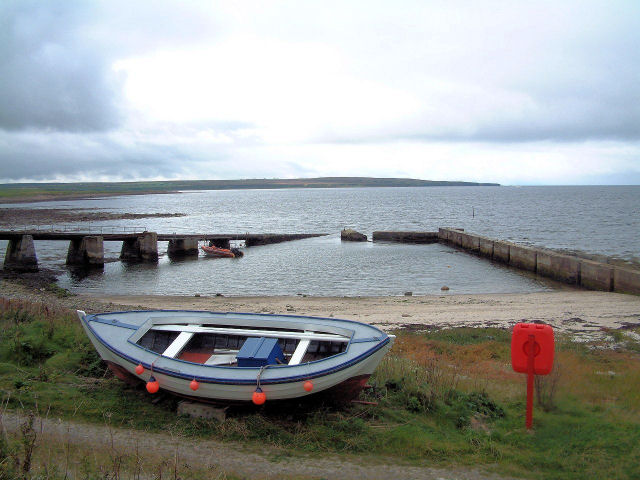Ness of Duncansby
Coastal Feature, Headland, Point in Caithness
Scotland
Ness of Duncansby
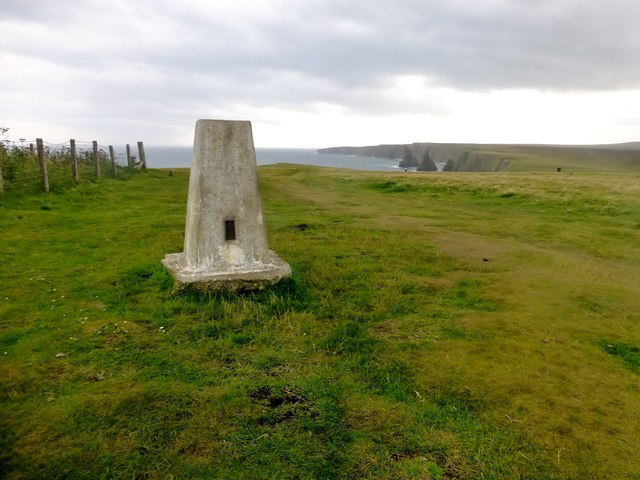
Ness of Duncansby is a prominent coastal feature located in Caithness, Scotland. It is a headland that juts out into the North Sea, forming a distinctive and dramatic point. The name "Ness" derives from the Old Norse word for "nose," which is fitting given the shape of this geographical formation.
Situated approximately two miles northeast of the town of John o' Groats, Ness of Duncansby is known for its striking cliffs and rugged beauty. The headland boasts towering sea stacks, which are vertical rock formations that rise dramatically from the ocean. These stacks, along with the nearby Duncansby Stacks, are a significant attraction for tourists and photographers. They are home to a plethora of seabirds, including puffins, guillemots, and razorbills, making it a haven for birdwatching enthusiasts.
The area surrounding the headland is characterized by stunning coastal landscapes, with steep cliffs and rough waters. A walking path leads visitors to the edge of the cliffs, offering breathtaking panoramic views of the North Sea and the surrounding coastline.
Ness of Duncansby also holds historical significance, as it is home to the Duncansby Lighthouse. This iconic lighthouse was built in 1924 and serves as a navigational aid for ships passing through the Pentland Firth. The lighthouse is not open to the public but adds to the charm and character of the headland.
In conclusion, Ness of Duncansby is a captivating coastal feature in Caithness, Scotland. Its dramatic cliffs, sea stacks, and abundant wildlife make it a must-visit destination for nature lovers and those seeking awe-inspiring coastal vistas.
If you have any feedback on the listing, please let us know in the comments section below.
Ness of Duncansby Images
Images are sourced within 2km of 58.646989/-3.0528453 or Grid Reference ND3873. Thanks to Geograph Open Source API. All images are credited.

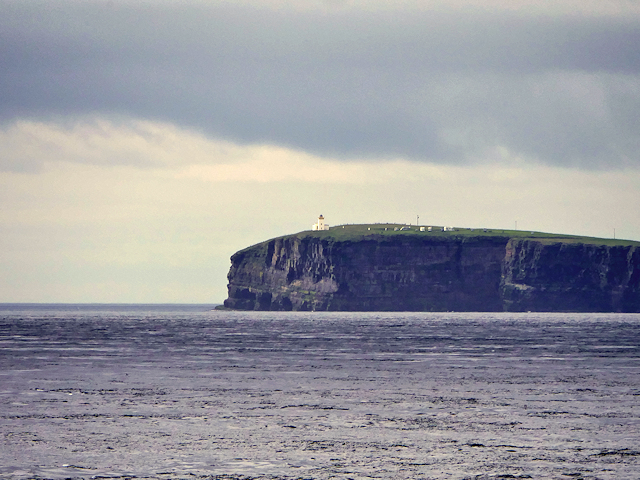
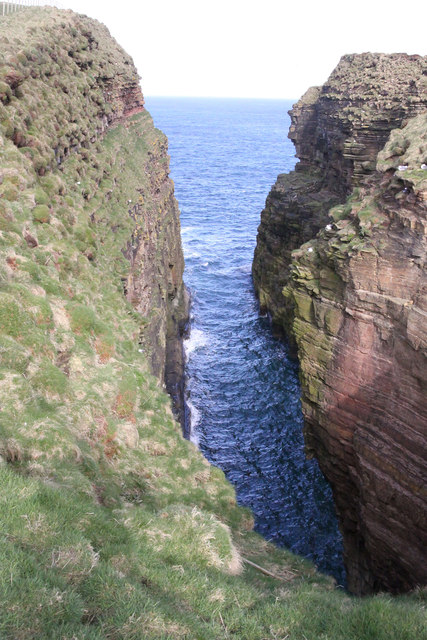
Ness of Duncansby is located at Grid Ref: ND3873 (Lat: 58.646989, Lng: -3.0528453)
Unitary Authority: Highland
Police Authority: Highlands and Islands
What 3 Words
///dishes.duos.albums. Near John o' Groats, Highland
Nearby Locations
Related Wikis
John o' Groats
John O' Groats (Scottish Gaelic: Taigh Iain Ghròt) is a village 2.5 mi (4 km) northeast of Canisbay, Caithness, in the far north of Scotland. John O' Groats...
Duncansby Head
Duncansby Head (Scottish Gaelic: Ceann Dhunngain or Dùn Gasbaith) is the most northeasterly part of both the Scottish and British mainlands, slightly...
Huna, Caithness
Huna is a small remote crofting township, located 1 mile northeast of Canisbay and 1.5 miles west of John o' Groats in Caithness, in Scotland. It is currently...
Huna House
Huna House is a Victorian building located in the small village of Huna in Canisbay, north of Caithness. Built in 1870 as the Huna Hotel, it is listed...
MeyGen
MeyGen (full name MeyGen tidal energy project) is a tidal stream energy plant in the North of Scotland, which is currently being constructed in a phased...
Canisbay
Canisbay is a rural hamlet located about one mile (1.5 kilometres) southwest of Huna and two and a half miles (four kilometres) southwest of John o' Groats...
Canisbay Parish Church
Canisbay Parish Church is a Church of Scotland church in Canisbay, Scotland, that dates back to the early 1600s and is the most northernly church on mainland...
Island of Stroma
Stroma is an uninhabited island in the Pentland Firth, between Orkney and the mainland of Scotland. It forms part of the civil parish of Canisbay in Caithness...
Nearby Amenities
Located within 500m of 58.646989,-3.0528453Have you been to Ness of Duncansby?
Leave your review of Ness of Duncansby below (or comments, questions and feedback).
